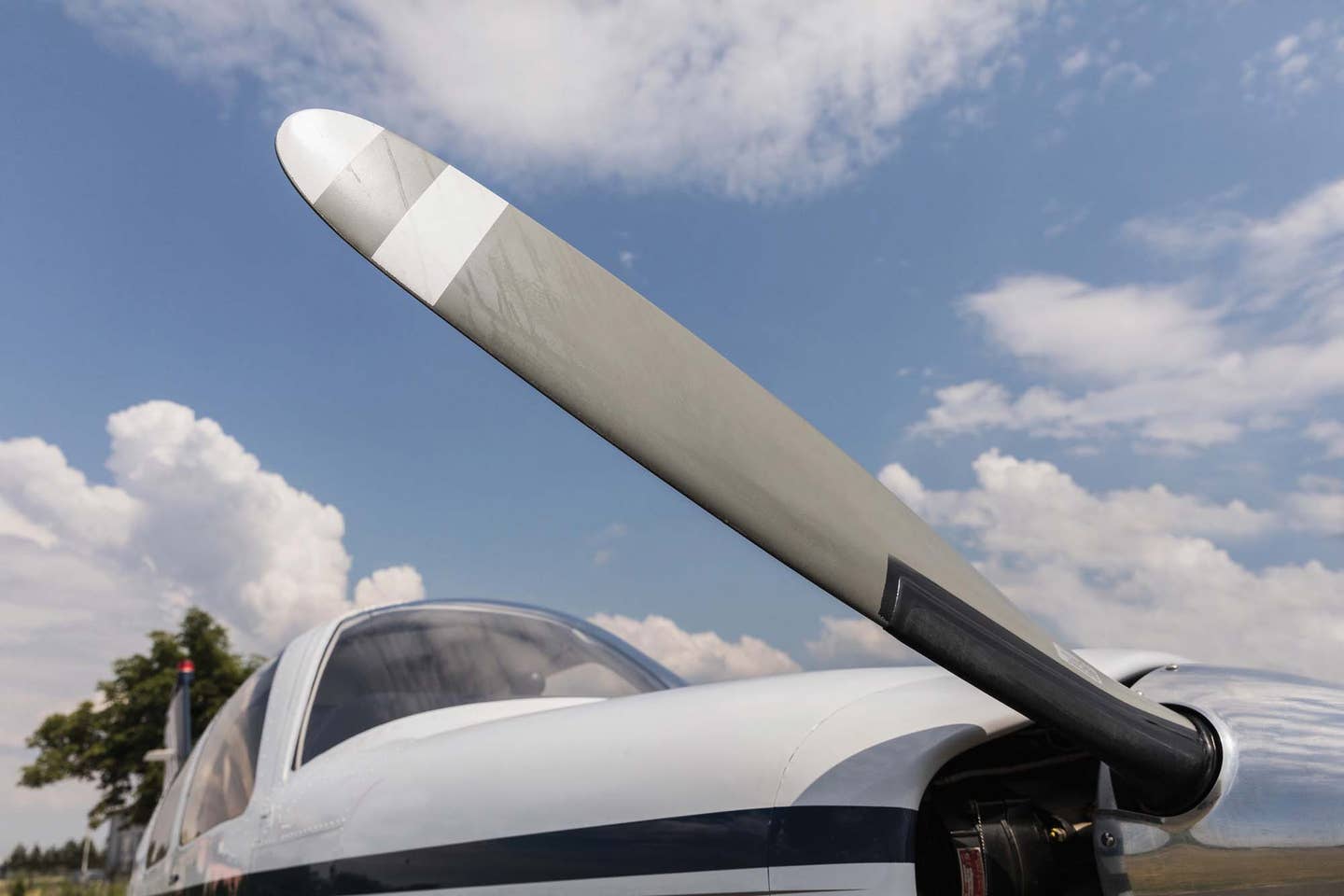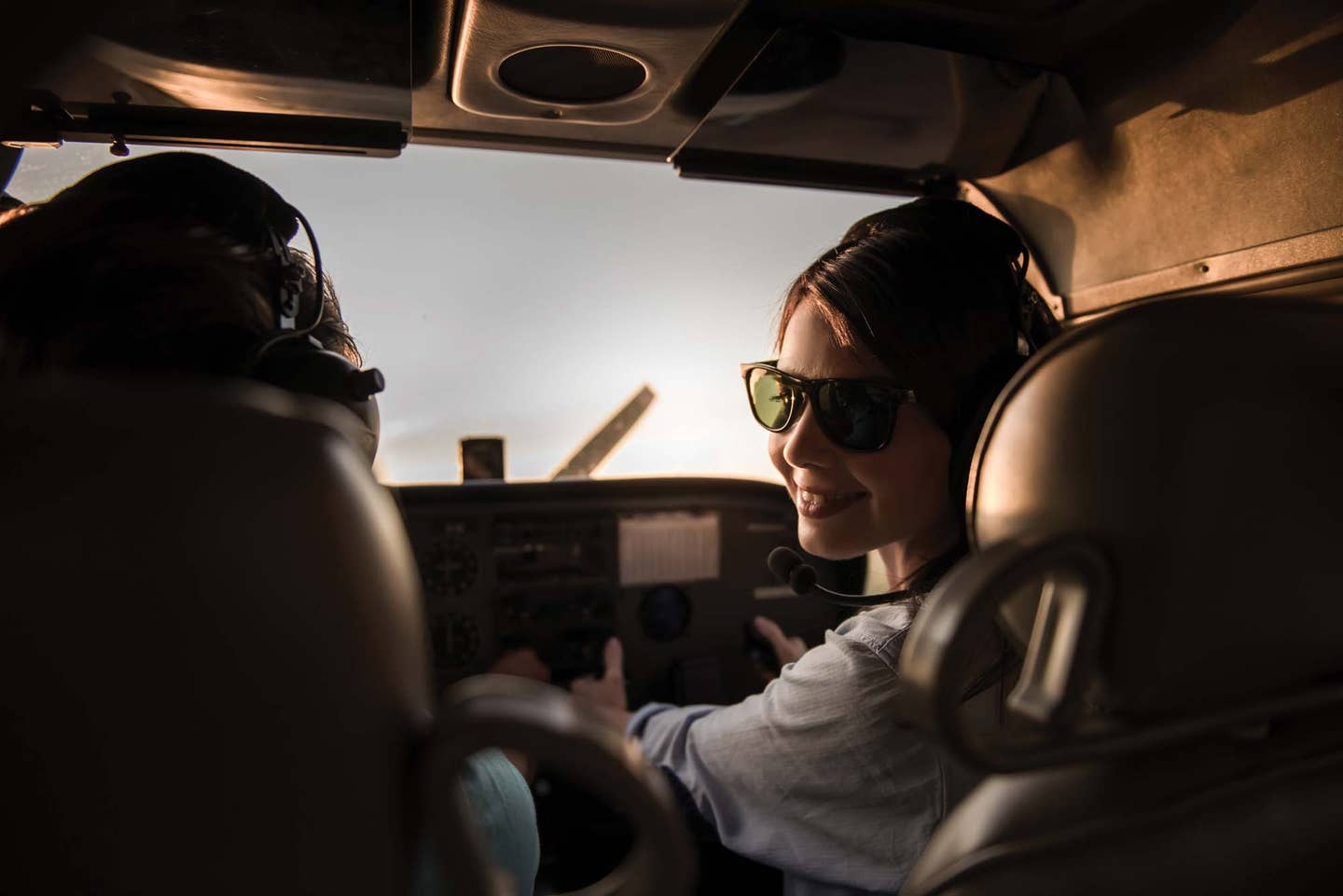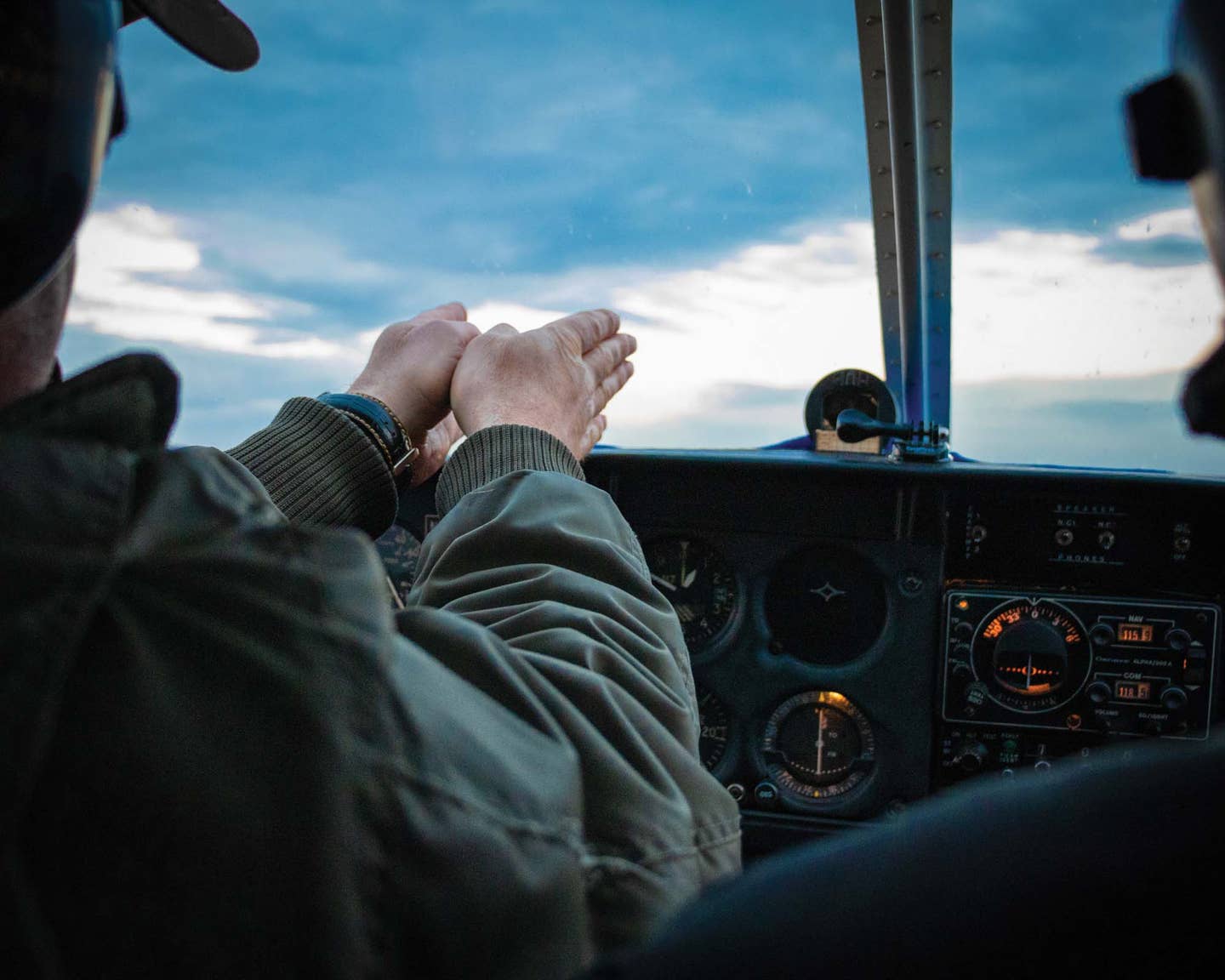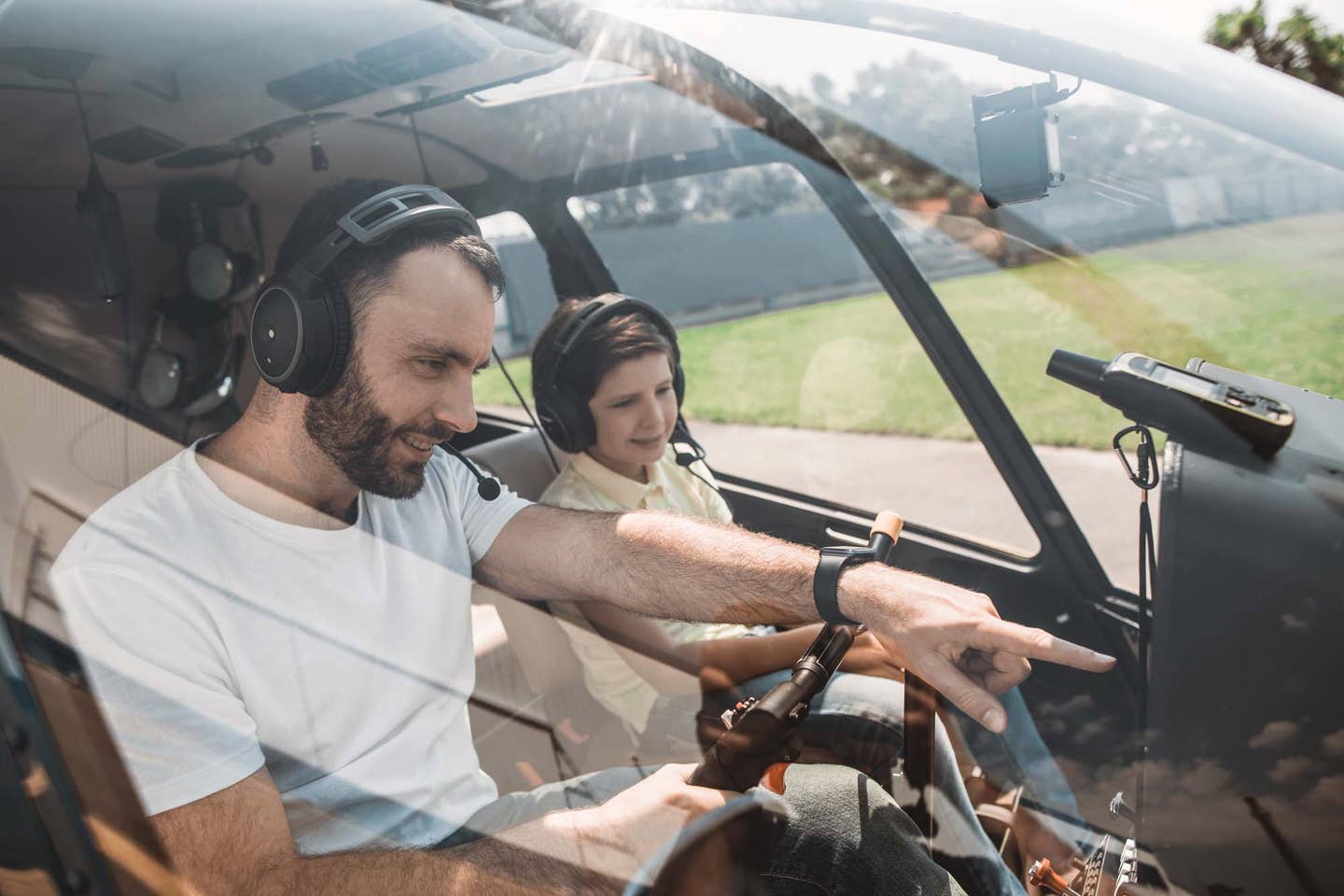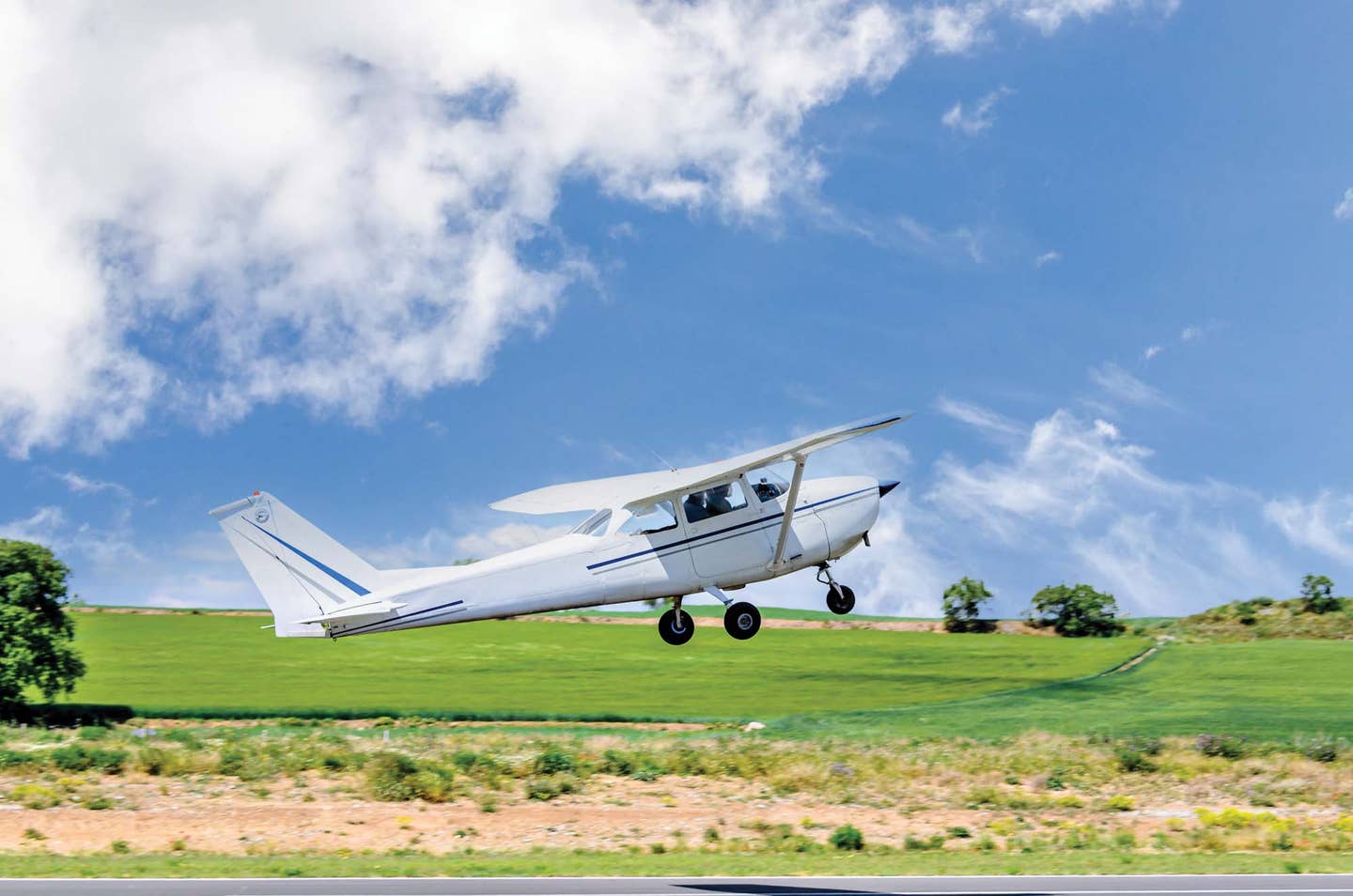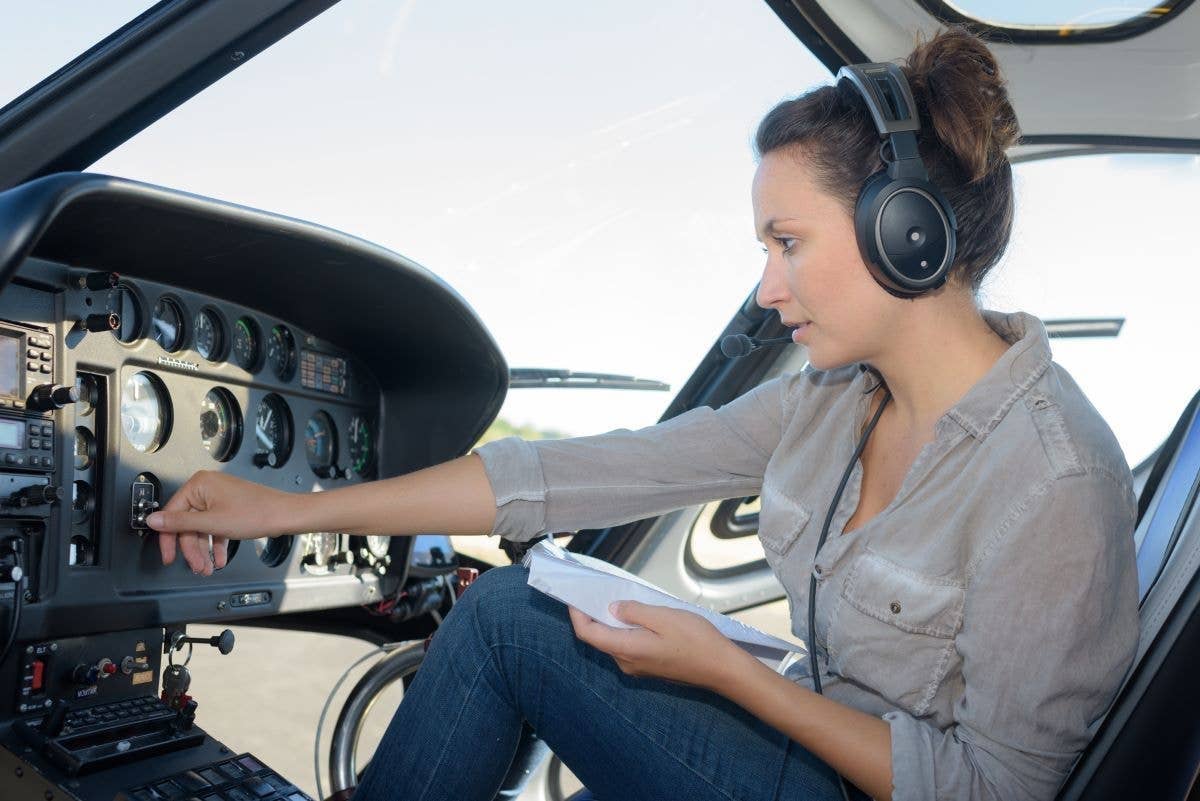Flying Check Rides Like A Pro
We can learn a lot from the folks who take check rides for a living.
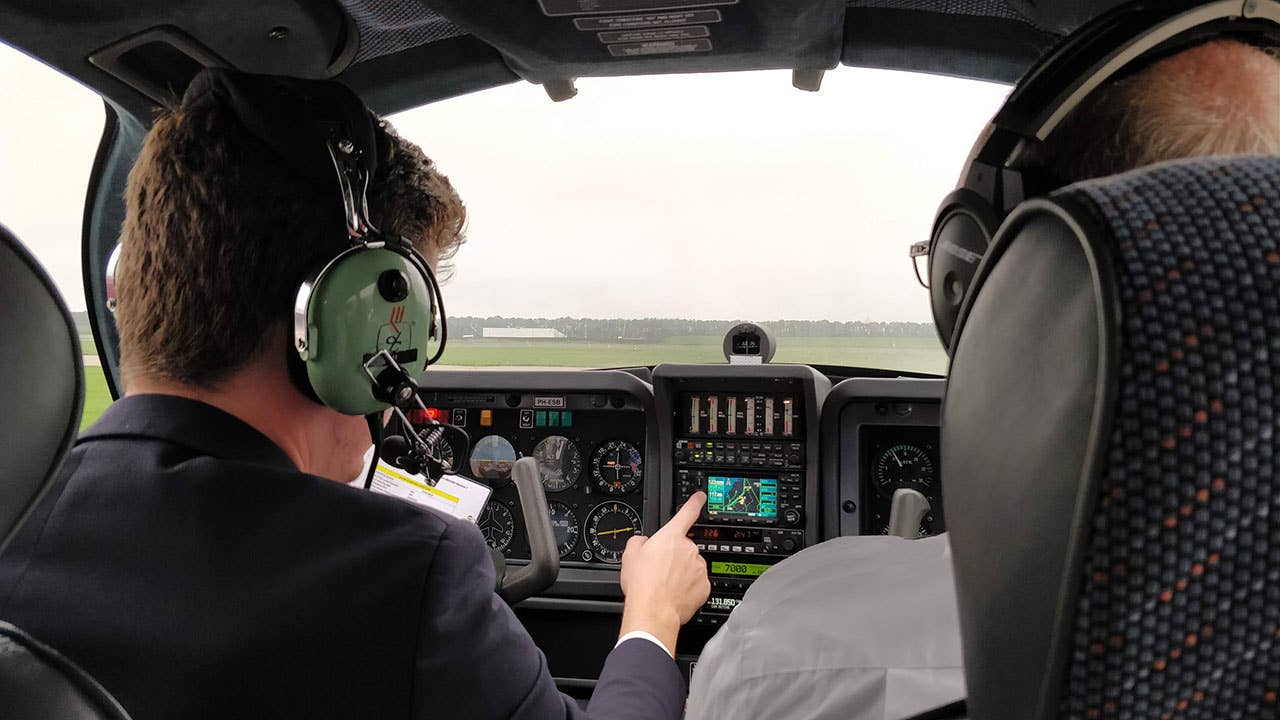
In the world of commercial, corporate and military aviation, check rides are a part of everyday life. Learning how to come to grips with these significant professional events is a rite of passage. Most pro pilots have developed strong preparation strategies and coping mechanisms that enable repeated success and reduce the inevitable butterflies in the stomach.
The next time you see the captain or first officer standing by the cabin door smiling and waving "buh-bye," remember that they live in an endless do-loop of simulator evaluations, Line Oriented Flight Training (LOFT) scenarios and no-notice line checks. While the adoption of the Airline Qualification Program (AQP) by many carriers has reduced the certificate jeopardy for these events, professional pilots aspire to perform each task and maneuver correctly the first time. Unlike the airlines, which rely almost exclusively on Level D simulation, many military check rides are still completed in the actual aircraft. So, six- to eight-hour scheduled check rides in large transport, tanker or bomber aircraft are not out of the question. Add an hour and a half of instrument approaches and pattern work at the end, and you have a very long day under the gun. There may be a few things we can learn from these folks as we continue our journey through the general aviation ratings and their associated evaluations. The following are five tips gleaned from experienced professionals and examiners that can make the task easier and more manageable.
Fly every flight as though an examiner was looking over your shoulder.
If a checklist, maneuver or precise radio call is worthy of repeating in front of a designated examiner, then it might just be worthy of showing your friends and family. The military calls this "train the way you fly; fly the way you train." If, on the other hand, a pilot has two sets of standards, one for when company visits and one for their everyday flying, things can get a bit complicated. If everything goes as planned, things may work out just fine. However, when the check ride plan goes south, such as when the regular practice area is weathered in, you need to plan for a new destination. That's easier said than done. We humans tend to fall back on our everyday habit patterns. If those habit patterns fall within the Airman Certification Standards (ACS), then no sweat. If not, a missed checklist item or an incomplete procedure can ruin your day. So, it's best to have one set of habit patterns for the FAA rating check, the flight review and the $100 hamburger!
Pay attention to life's little details before the check ride.
A good friend refers to this as backward planning. She starts at the beginning of any important task and works backward to the present time. Hmm, looks like we are scheduled to meet the designated examiner at 10 a.m., and it is a half-hour drive to the airport. Twelve hours of rest and relaxation sound good, so in bed by 9 p.m. sharp. Now then, let's ensure the required logbook entries and documents are ready and make a final check of the airplane status. And don't forget the little things that can put you behind the eight ball. Make sure the car is filled with gas, air in the tires, and keys hanging by the door. With these little details well in hand, get a good night's sleep, and go out and dazzle the examiner with your steely eyed mastery of all things aviation!
Bring an airworthy aircraft to the check ride. This one is a foot stomper. Whether you rent, own, lease or borrow, the PIC is responsible for the airworthiness of the aircraft. In a large flight school setting or a commercial or military aircraft, this is accomplished by a preflight examination of the standardized maintenance logs. On an owner-flown aircraft, this data can reside in a multitude of logbooks, AD lists and other materials, so make sure the aircraft is airworthy well before the flight. Better to find a problem the day before and postpone the check ride than having the examiner find it for you.
Make a plan, take command, but be flexible.
Airline and corporate professionals know what is required for check ride completion and have a plan to complete the event successfully. For those of us in general aviation land, the ACS lays out the requirements for us so we can do the same. So, go ahead and develop a realistic plan to complete all the required items, and be ready if the examiner has any special requests. Don't expect the examiner to hold your hand. Examiners have a challenging job. They need to evaluate all the required maneuvers and determine just how you would fly the airplane if they were not there. Developing a sound plan, briefing the examiner, and then executing it confidently goes a long way toward ensuring success.
However, Mother Nature and aircraft gremlins love to break up the best-planned flight. So, consider adding in to the plan what our Army friends call "branches and sequels." What would you do if the practice area is weathered in, the cross-country destination is sporting a pop-up Temporary Flight Restriction (TFR), or the aircraft develops a rough-running engine right after that amazing stall recovery you just performed? Resist the dreaded "check ride completion loss of judgment syndrome." If a suddenly rough-running engine requires a full-stop landing, that should have already been an option in your plan. You can always complete another day, and you get extra points for excellent decision making. Flexibility is the key to airpower and successful FAA examination completion! A good pilot's motto should always be "semper Gumby (always flexible)!"
Master the dreaded multiple-choice test.
Right after oral exams, written tests are a significant emotional event. Success may require a three-part approach. First, cramming the night before usually does not work, especially if it robs the test taker of much-needed sleep. Instead, a regular schedule of study in the weeks prior to the test date, coupled with a good night's sleep, will often yield a better result. Second, well-written multiple-choice tests will contain one completely wrong answer, two partially correct answers and one completely correct answer. So, the test taker's task is often to eliminate the three wrong answers, and suddenly the correct answer emerges, a subtle but important difference. Finally, if a sudden loss of knowledge in the testing room requires a "SWAG" (scientific wild-a** guess), the longest answer may or may not be the correct one. However, the most detailed answer just may! And for the record, just selecting answer "C" if you don't know the multiple-choice test answer doesn't actually work.
And last but not least, don't scare the examiner, or yourself!
Remember, the reason for check rides is to ensure your safety and effectiveness. The safe completion of any maneuver or the entire flight should never be in doubt. Resist the temptation to push the envelope on weather, airspace or aircraft limitations so you can complete the doggone check ride today. Better to go into the flight with the attitude that you will complete what you can, and if it takes a week to complete the rest, so be it. If you are safe, effective and bring airplane and examiner home without incident, let the examiner figure out the rest! And if you make a mistake during the ride, it is wasted energy to dwell on it. Simply note it for the critique and move on. Target fixation on a mistake you made 15 minutes ago is hazardous to your health and certificate.
Our colleagues in the professional pilot ranks spend many hours of their flying life being evaluated. Each of these professionals have their own method to prepare for these tests of knowledge and skill, and we can learn a lot from their experience. Ultimately, each of us determines our own winning strategy for flight evaluations, so make sure you share them with those new pilots coming up through the ranks. And remember that flight examiners at all levels look forward to signing that temporary certificate and congratulating you after a very successful evaluation. Consider making their job easier by developing good regular flying habits and being mentally prepared. Come with a plan in hand, and be agile and flexible. Fly your check ride like a pro, and enjoy the freedom and exciting experiences that your new certificate or rating provides. Fly safe!
Read "Why Airworthiness Is The Biggest Check Ride Problem" and "Check Ride Tunnel Vision" for more on check rides.

Subscribe to Our Newsletter
Get the latest Plane & Pilot Magazine stories delivered directly to your inbox

